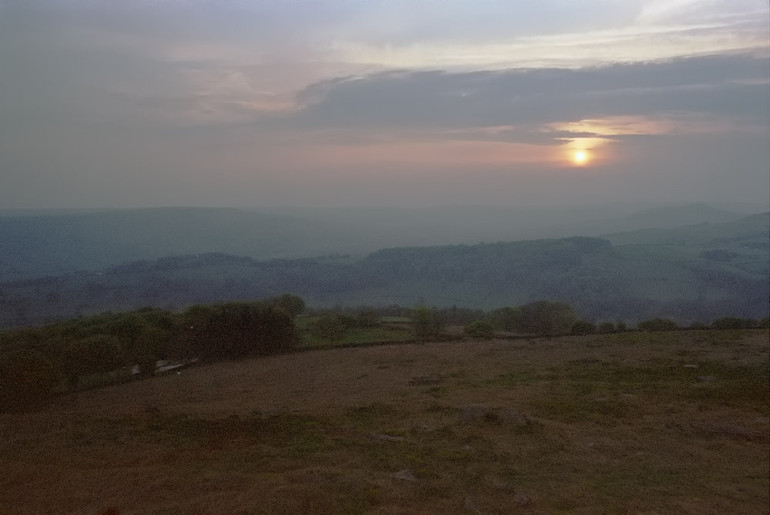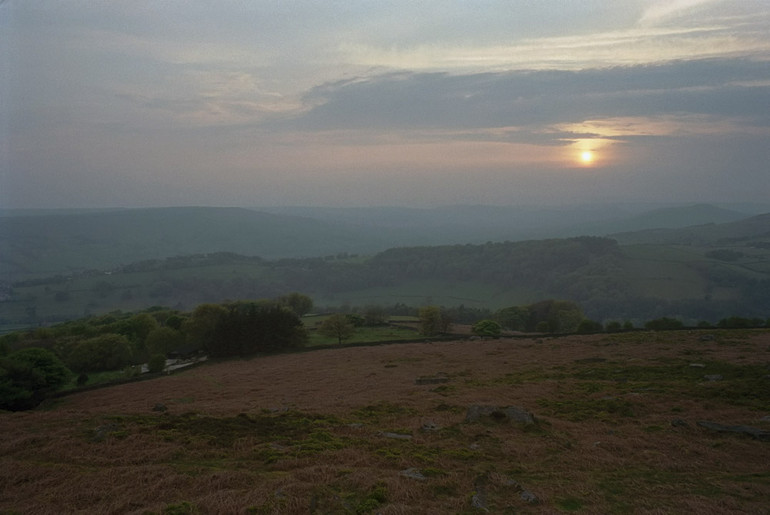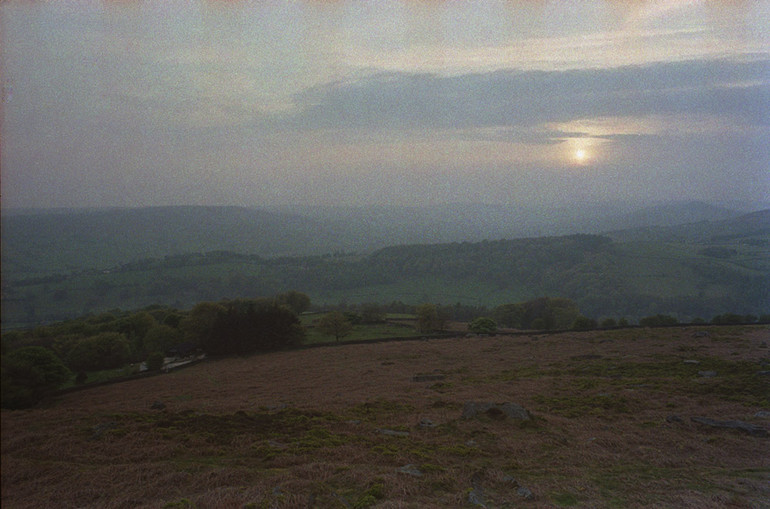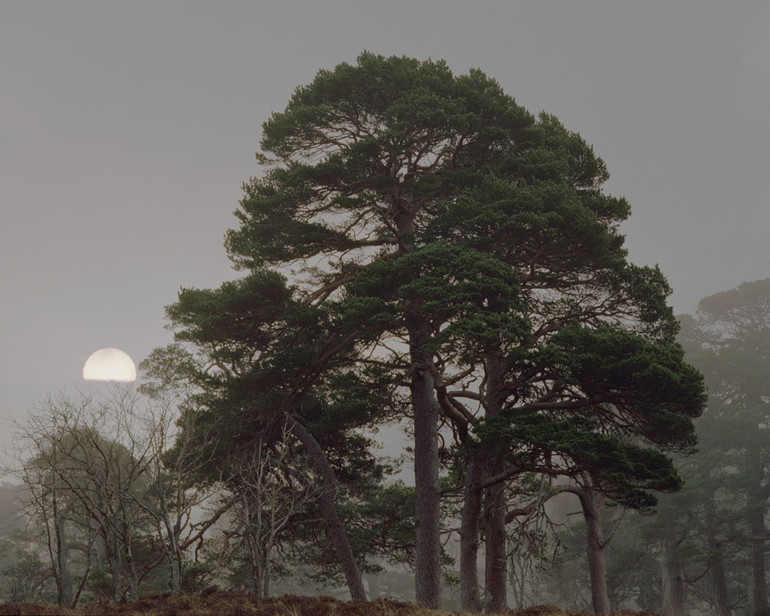19 Stops of Dynamic Range?

Tim Parkin
Tim Parkin is a British landscape photographer, writer, and editor best known as the co-founder of On Landscape magazine, where he explores the art and practice of photographing the natural world. His work is thoughtful and carefully crafted, often focusing on subtle details and quiet moments in the landscape rather than dramatic vistas. Alongside his photography and writing, he co-founded the Natural Landscape Photography Awards, serves as a judge for other international competitions. Through all these projects, Parkin has become a respected and influential voice in contemporary landscape photography.
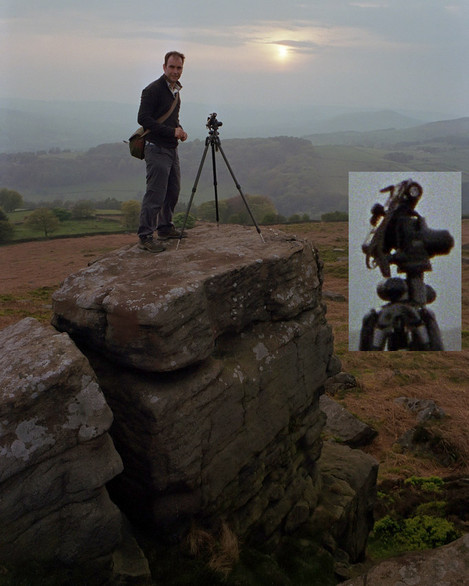 Looking in Amateur Photographer this week shows healthy signs that film is nowhere near dead yet. They have featured a whole host of vintage great recently and the current issue has a 'Bigger Pictures on a Budget' which includes medium format cameras available second hand - although some aren't quite so budget as the recent purchase of a Mamiya 7 kit demonstrate. More about that in a future article. The back of the magazine also features page after page of film cameras for sale at far from 'disposable' prices - people spending this sort of money are taking the cameras fairly seriously.
Looking in Amateur Photographer this week shows healthy signs that film is nowhere near dead yet. They have featured a whole host of vintage great recently and the current issue has a 'Bigger Pictures on a Budget' which includes medium format cameras available second hand - although some aren't quite so budget as the recent purchase of a Mamiya 7 kit demonstrate. More about that in a future article. The back of the magazine also features page after page of film cameras for sale at far from 'disposable' prices - people spending this sort of money are taking the cameras fairly seriously.
One of the messages we hear repeatedly on forum after forum whenever film is mentioned is that 'Film is Dead' and no amount of 'no it just smells funny' can get people to shut up about it. Far from being dead though, film is undergoing a little bit of a renaissance. Talking to Fuji representatives recently had them admitting increased film sales over the last year or so and Kodak have reported 'a very real resurgence in film'.
This resurgence in film nowhere as well demonstrated as in Kodak's decision to release three new film types in the last couple of years. First came Ektar 100, a very fine grained and bold coloured negative film stock. Then, last year, we got Kodak Portra 400 - a replacement for the old Portra 400 NC and VC stocks. Finally this year we have Kodak Portra 160 - a replacement for 160 NC and VC. It's supposedly based on Kodak's 'Vision 3' movie film which has had millions of pounds of investment over the last decade (and is still used for most motion pictures).
So why? Why are people using film in this most digital of ages? Well for various reasons but not just sentimentality or because of some luddite tendencies. Film still has some advantages including resolution (a drum scanned 6x7 fine grained colour transparency is arguably equivalent to about 40-50 megapixels and there are some tests showing 200 megapixels of detail from a leica) and colour rendering (the popularity of velvia demonstrates this).
One of the biggest advantages that isn't talked about that often is dynamic range. People have talked about digital cameras having 12 stops of dynamic range and negative film is quite often talked about as having the same. However, it was the experience of a colleague recently that made me realise just how different the two platforms are. Andrew Nadolski, a photographer well known for working a little beach in Cornwall, is a well known proponent of negative film. A move to digital recently for commercial purposes left him having to work with graduated filters for the first time. How can that be if they have the same dynamic range? It's more likely the difference between dynamic range and 'usable' dynamic range.
Well the picture at the top of this article is taken with Portra 400 (the new film from Kodak that replaces the old 400NC and 400VC) from a workshop we held in the Peak District and is taken without graduated filters and I know for a fact that if I had taken this with my 5D I would have had to choose between the foregound or sky. The camera used was an Olympus OM1 with a 28mm f/3.5 Zuiko lens.
I tested the new Portra 400 recently by using my new (old) Olympus OM1 and taking shots of a sunset, without a graduated filter, with exposures ranging from -4 stops to +6 stops. I was expecting to see the film go pretty black at one end of this range and fairly blown out at the other end of the range. Well - here are the results.
And if we broadly correct these for luminosity and colour
I could have corrected the colour a little better, the bottom line is that there is still colour and detail (if noisy detail) everywhere!
Here's three of those shots - the first is the -4 stops show, second is my base exposure and the last is a plus 6 stops shot.
Now bearing in mind that those shadows in the trees in the foreground are 5 stops below a mid tone and the 'glow' next to the sun is 6 stops above a mid tone, that gives a total 18 or 19 stops!! That is ridiculous!! (I should probably point out the stripes on the last picture - I think this is caused by the developing system - the flow appears to be going vertically across the picture and the stripes line up with the sprocket holes. I'm guessing that it's something to do with developer exhaustion as I see a similar effect ghosting above Alisdair's head in the top picture. Am going to ask the lab about it).
Having used 400NC before I know it's a good film but the new Portra 400 has a better grain structure and seems to hold it together a bit better. I don't know if it has more dynamic range than old Portra, I'll be doing some proper tests soon, but it's good - bloody good!
As a last note, here's a shot I took at Loch Tulla of a sunrise in the mist. The trees were silhouettes as far as I could see but Portra thought different!
I've added a few external links here for you to see what other people are saying about Portra 400 (there are some great tests in here also).
Testing
Portra 400 Pinhole Reciprocity Test
Audio review with some sample images (Figital Revolution)
Portra 400 Iso 200 to Iso 3200? (Twin Lens Life)
Portra 400 Three Stop Push - iso 3200 (Twin Lens Life)
400H and Portra 400 pushing to 12000! (Twin Lens Life)
Underexposure and over exposure (Twin Lens Life)
Comparing Portra 400 with the Vision 500T (Twin Lens Life)
Vision 500T (portra 400 technology)
Comparing Fuji 800 with Vision 500T (Twin Lens Life)
Outdoors Wedding shots with Vision 500T (Twin Lens Life)
Fuji 400H vs Vision 500T (Twin Lens Life)
Fuji 800Z and 400h vs Vision 500T (Twin Lens Life)
Commentary


